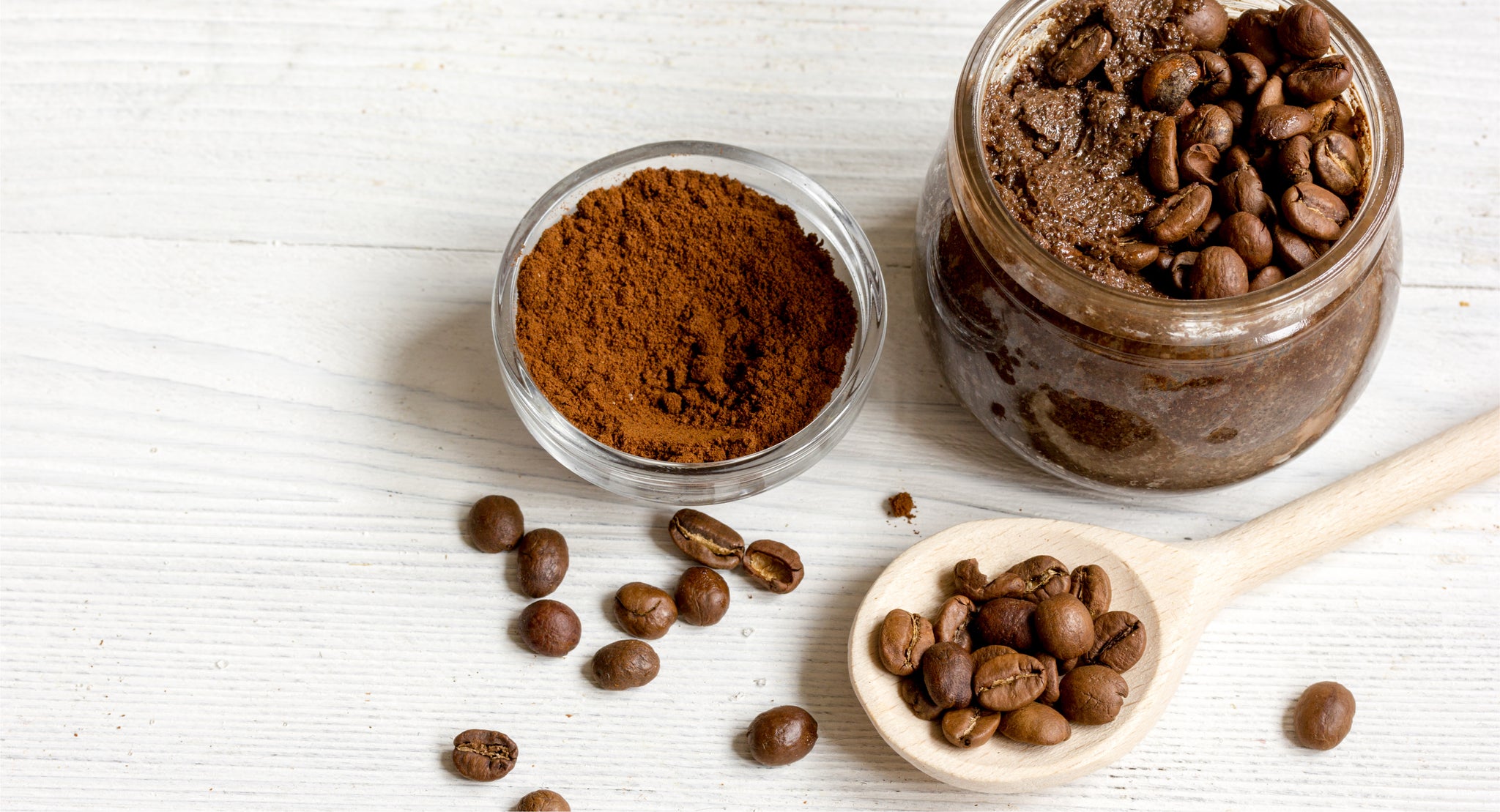Your Cart is Empty
FREE SHIPPING on US orders over $45. Save 25% With Code TAKE25 at checkout.
FREE SHIPPING on US orders over $45. Save 25% With Code TAKE25 at checkout.

If you're like us, you've probably reached for a caffeinated drink when you've been tired, but did you know caffeine has the ability to perk up your skin, too?
The key is antioxidants. These are compounds that battle free radicals, and caffeine just so happens to be antioxidant-rich!
Free radicals are molecules that damage our skin cells by attacking the cell’s DNA and mitochondria. Free radical damage can come from exposure to ultraviolet rays, as well as other environmental toxins like smoke, pollution, and dirt.
Our bodies produce their own antioxidants (to fight free radical damage) naturally, but not in enough quantities or quickly enough to battle the free radicals we’re constantly exposed to.
So, we need to supplement what our bodies produce with additional antioxidants -- and that’s where caffeine comes into play!
Antioxidants work to prevent premature aging, including wrinkles, sagging skin, hyperpigmentation (age spots), and loss of elasticity. In addition, caffeine also has anti-cancer and anti-inflammatory properties that work to fight many different types of diseases inside our bodies as well as on our skin.
Caffeinated products help to deliver a variety of antioxidant properties to the skin, including chlorogenic acids (CGAs), caffeine, caffeic acid, tannic acid, and others. All of these caffeine compounds help to promote excellent blood circulation, which works to keep your complexion glowing and radiant.
While coffee provides many antioxidants to help our skin, one of the biggest sources of antioxidants is green tea. Scientific research has shown a variety of skin healing and enhancing properties contained within the chemical makeup of the green tea, as it contains polyphenols - compounds that are powerful antioxidants.
When free radicals prevent the body from regulating the damage that they cause, oxidative stress results, which can cause a variety of medical conditions. As a natural antioxidant, green tea is one of the most effective weapons against inflammation, and it has the ability to protect skin from cancer.
As a topical application, it works to provide anti-aging effects on skin cells. This helps to reduce the appearance of fine lines and wrinkles, stimulate collagen production, and reduce skin inflammation. That’s why there are so many skincare product formulations that include green tea.
Some studies have also found that the caffeine in green tea, and the polyphenols it contains, are actually able to reactivate dying skin cells. This discovery indicates that there are many potential benefits of utilizing topical green tea to reduce the aging appearance of sun-damaged skin.
Green tea is also an excellent anti-inflammatory which helps to repair damaged skin cells. But green tea isn’t the only product offering antioxidant and anti-inflammatory benefits to the skin, there are many other caffeinated products that help to fight free radicals and the damage they cause.
Oxidative stress is another way free radicals attack your skin, making it more prone to harmful effects and DNA damage. Studies have shown that caffeine has unequivocal, consistent, and powerful antioxidant properties that work to mitigate damage from oxidative stress.
There are many products available that utilize caffeine as a topical cleanser and as a rejuvenator for skin. One of the biggest benefits of caffeine is that it is a skin brightener.
Products containing caffeine are applied to the skin to produce a glowing complexion, first by removing dead skin cells and then by using its antioxidant properties to help skin look more youthful and glowing. Caffeine works to exfoliate skin, brighten skin, prevent clogged pores, and soften lines in the skin.
Another benefit of caffeine is that it works as a skin tightener. It does this by drawing moisture out of the skin leaving fresh, new, softer skin cells, making skin look tighter and less prone to wrinkles and fine lines. It has the ability to smooth out and eliminate fat deposits within skin cells while firming up the skin.
Some of the benefits of caffeine are available to the body’s skin cells by drinking beverages with caffeine and eating food products that have high levels of caffeine, but topical application is best.The reason is simple: when ingesting caffeine, you body utilizes the caffeine for other organs in the body besides skin.
Plus, the body metabolizes the caffeine and its compounds before they’re able to work their magic on skin cells. Only a small percentage of caffeine’s antioxidants actually reach the skin cells you’re trying to reach - perhaps as low as 1% - 3%.
Topical application of products that contain caffeine are placed where they do the most good: on the skin’s surface. The best plan incorporates both methods - eat a diet rich in natural caffeine and use caffeinated products topically.
A regimen of topically applied skincare products that contain caffeine (like green tea, kola nut, and coffee) will work to minimize the symptoms of photoaging, wrinkles, fine lines, dry patches, dermatitis, and other skin conditions.